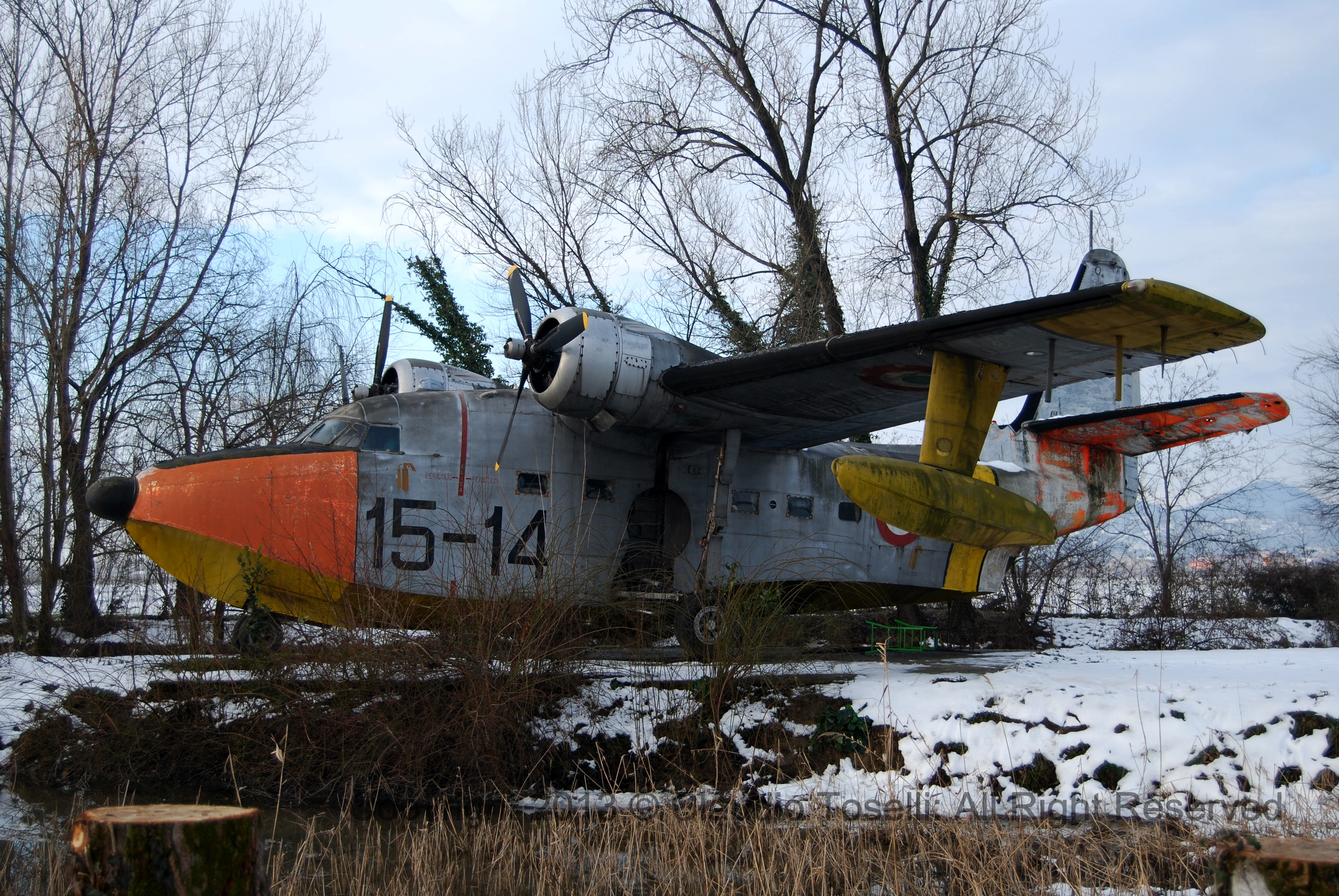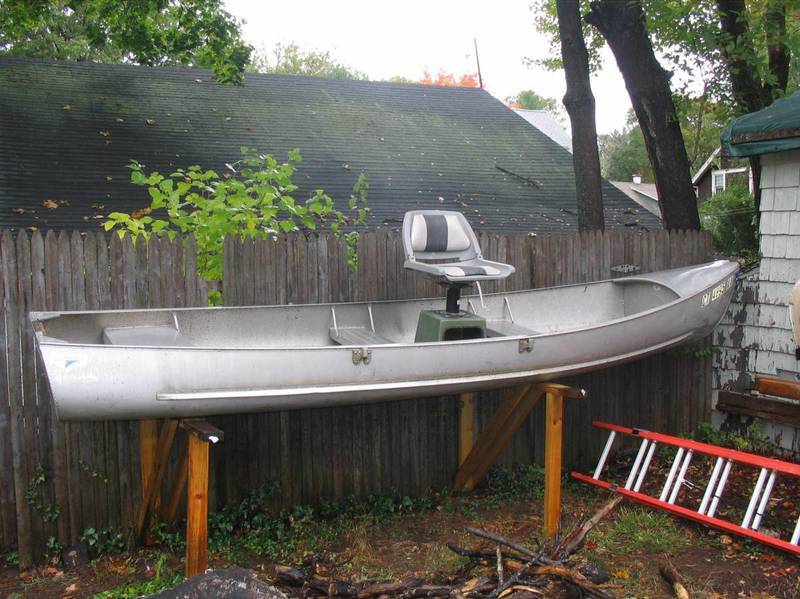

Hull ID Numbers Play the Numbers. The HIN is a 12 character serial number that uniquely identifies your boat. Boats manufactured or imported on or after August. Check any HIN with decoder service, which is providing information about boats for free. The plant relocated to Marathon, N.Y. In 1952.and in 1988, Grumman produced the largest aluminum boat in its history at Marathon. Designed for the Great Lakes, it measured 22' 3'. In 1990 the Grumman boat and canoe division was sold to O.M.C. Of Illinois, who soon purchased the DuraNautic Boat Company's tooling and assets and moved them to the Marathon Plant.
Oh, maybe that's it, that it pre-dates their use of hull ID numbers. I wonder how such things were standardized though, if at all, as I have a Mirro Craft jon boat that dates back to about 1965, and I always thought it had an ID number, but perhaps it doesn't.
I know for certain that at some point in the early to mid 70s, Grumman canoes had modest blue-painted graphics on the hull, and I think for a while before that, just a simple logo on the bow. Graphics of that kind have only gotten more gawdy and obtrusive since those times. This boat clearly pre-dates the use of any such graphics, so my bet is that it's from the 1960s or earlier. Oh, while we're at it, that name plate is definitely quite old, a style I haven't seen even on the older Grummans I know.
Now I'm definitely thinking 1960s or earlier, so I'd say 50 years old is the absolute minimum age of this boat. It could be 60 or 70. As to this boat 'not looking as rugged' as some other version, I can't imagine a way to tell the difference between a hull thickness of 0.040' and 0.050' just by looking at a photo! Pbenter (earlier post) indicates that the lighter versions had more ribs, but a recent Grumman brochure I looked at online says both versions of the standard model have three ribs (the shoe-keeled model had 7 ribs because it was 'designed' for whitewater). So based on the number of ribs, it's definitely a 'standard' model, and for a very long time, the standard model was available in the two afore-mentioned hull thicknesses.
However, today I believe the only option is 0.050', but even if the 0.040' option is still available, nothing about the older boats was more heavy-duty than the ones made today. Weighing the boat will tell you which hull thickness you have, as the heavier version weighs 75 pounds and the lighter version is 66 pounds. I haven't seen plaidpaddler on here since the board switched to the new format, but he's our resident expert on such things.
Maybe he'll drop. Guideboatguy has most of it down since Kim reminded him that there are a lot of Grumman canoes that predate the use of the HIN numbers. This canoe is from between the late 50's and early 70's and it predates the HIN number. As far as construction, the standard Grumman had a hull thickness of 0.050' and a fin keel.
The whitewater model had a shoe keel and 0.065' hull. There was also a thicker hull for Scout weight and livery canoes of 0.080' thickness. Later there was a lightweight model with a 0.040' hull and it is now the standard hull in a higher strength alloy. Since the advent of the Marathon Canoe Co. And the limited volume of canoes they produce, many of the optional hull features have disappeared. It may be that they no longer have the volume to buy the different gauges of aluminum at a good price. Weighing it and looking at the keel will tell you which version you have.
Seashell Divination there. It matters little what year yours was made. It is a standard model and has none of the optional paint, either inside or outside. There were many paint jobs available over the years and starting in the 70's, there were exterior graphics, some described above. The nice thing about Grumman not changing the hull shapes and dimensions is that you can get any of the parts needed for your old canoe today.